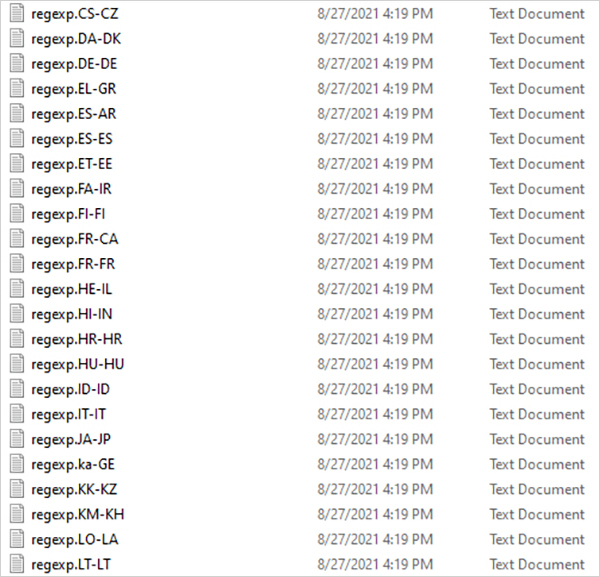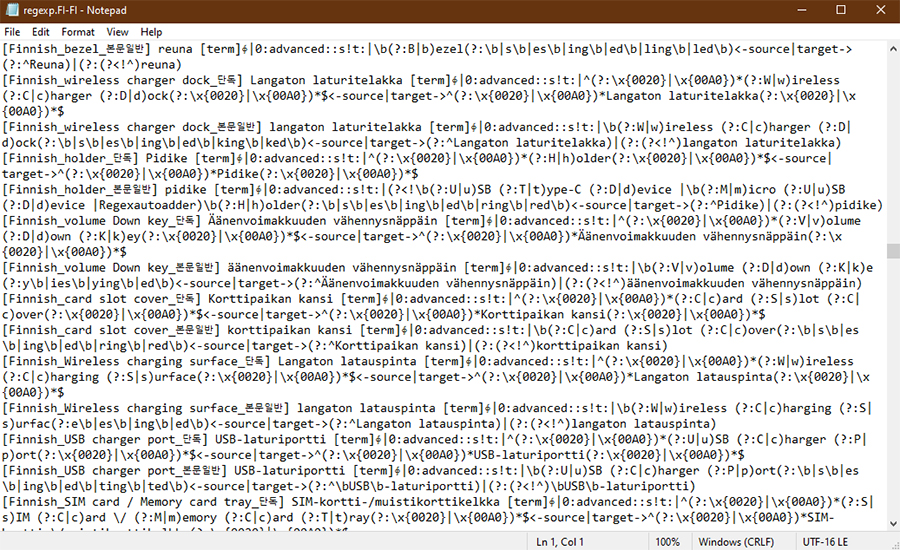

Localization


Suppose you are a freelance translator, a linguist enthusiast, or just someone curious about the intricate world of languages. In that case, you probably know that languages are not all the same. You see, languages aren’t all cut from the same cloth. Some boast a wealth of words, while others dance to different grammatical tunes. So, what’s the buzz about ‘inflection,’ and why should it be on your radar for quality assurance?
As part of the language quality assurance team at Hansem Vietnam, we’ve had the privilege of delving into the diverse characteristics of languages, including the fascinating realm of inflection. In this article, I will explain what inflection is, give examples of inflection languages, and share some tips on detecting inflection during the quality assurance process.
Inflection is the linguistic magic trick where words shape-shift to convey various grammatical meanings. Think of it as the chameleon of language, altering form to indicate tense, case, voice, aspect, person, number, gender, mood, animacy, and definiteness. For example, in English, we add -s to nouns to make them plural (cat -> cats), we add -ed to verbs to make them past tense (walk -> walked), we add -er or -est to adjectives to make them comparative or superlative (big -> bigger -> biggest), and so on. That’s inflection at play!
Languages vary in the degree and type of inflection they have. Some, like Chinese and Vietnamese, keep things lean and mean, relying on word order and particles instead of word shapeshifters. On the other hand, English plays it moderately by jazzing up words with affixes (prefixes or suffixes). Languages like Latin and Finnish go all-in with highly synthetic, fusional goodness, packing multiple grammatical categories into single-word forms. And if you’re up for a linguistic challenge, dive into Arabic or Turkish, where agglutination makes for an affix fiesta!
Now, why should you care about inflection during quality assurance? Well, because it can make or break your translation’s precision, authenticity, and quality. Languages can express the same concept in vastly different ways, and embracing these differences is key to top-notch localization.
For example, while the English sentence “The man looks at the dog” cannot be interchanged with “The dog looks at the man”, inflected languages like German or Russian can shift around subjects and objects much more quickly, depending on where they want to place emphasis. “Der Hund sieht den Mann” or “Den Mann sieht der Hund” are both grammatically correct. This gives the translator more freedom when it comes to contextual differences.
At Hansem Vietnam, we often navigate client glossaries, which sometimes feature bare nouns and verbs. When these words find their way into sentences, they don new attire. Recognizing inflected words and catching any omissions or replacements in these “terms” is crucial to maintaining glossary consistency. That’s why we ensure our team has a solid grasp of inflection and language groups through training.
We’ve rounded up some invaluable tips from our experience in tackling over 50 languages and their unique quirks. When it comes to inflection:


Inflection is a fascinating feature of languages that can enrich the meaning and expression of words. However, it can also pose as a challenging art that can both challenge and reward linguists and translators. By providing adequate training in detecting inflection, Hansem Vietnam is confident in handling various languages despite the tricky traits. Our mission? Delivering high-quality translations that dazzle your clients and resonate with your audience.
I hope this article helped you learn something new about inflection in languages. If you’ve got exciting stories or experiences with inflected languages, don’t keep them to yourself—feel free to share with us. Glad to have you on this linguistic journey. 😉
Hansem Global is an ISO Certified and globally recognized language service provider. Since 1990, Hansem Global has been a leading language service company in Asia and helping the world’s top companies to excel in the global marketplace. Thanks to the local production centers in Asia along with a solid global language network, Hansem Global offers a full list of major languages in the world. Contact us for your language needs!
 Transforming B2C Sales Training with Gamification
04.14.2024
Transforming B2C Sales Training with Gamification
04.14.2024
 The Impact of Localization on Salesforce’s Success with Hansem Global
04.07.2024
The Impact of Localization on Salesforce’s Success with Hansem Global
04.07.2024
 Mastering Right-to-Left (RTL) Language Localization: Avoid the Top 5 Desktop Publishing (DTP) Mistakes for Global Success
04.03.2024
Mastering Right-to-Left (RTL) Language Localization: Avoid the Top 5 Desktop Publishing (DTP) Mistakes for Global Success
04.03.2024